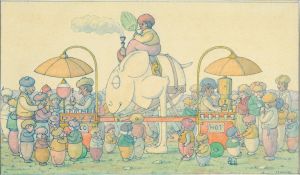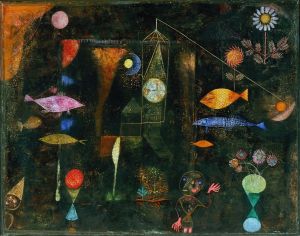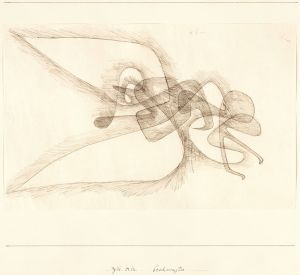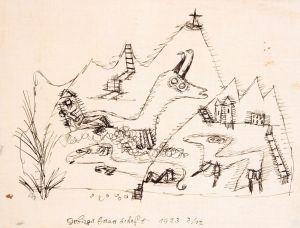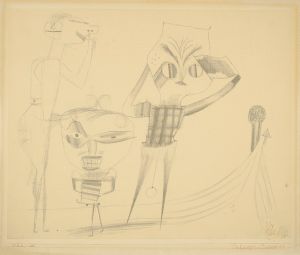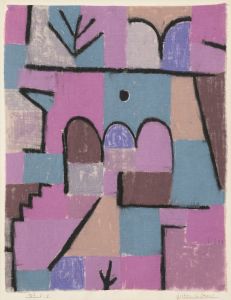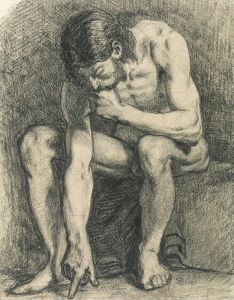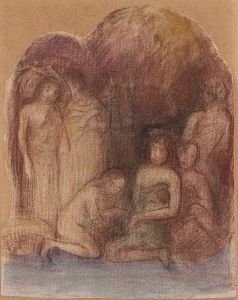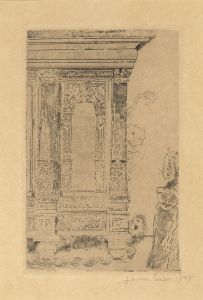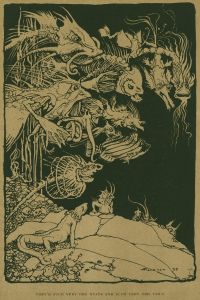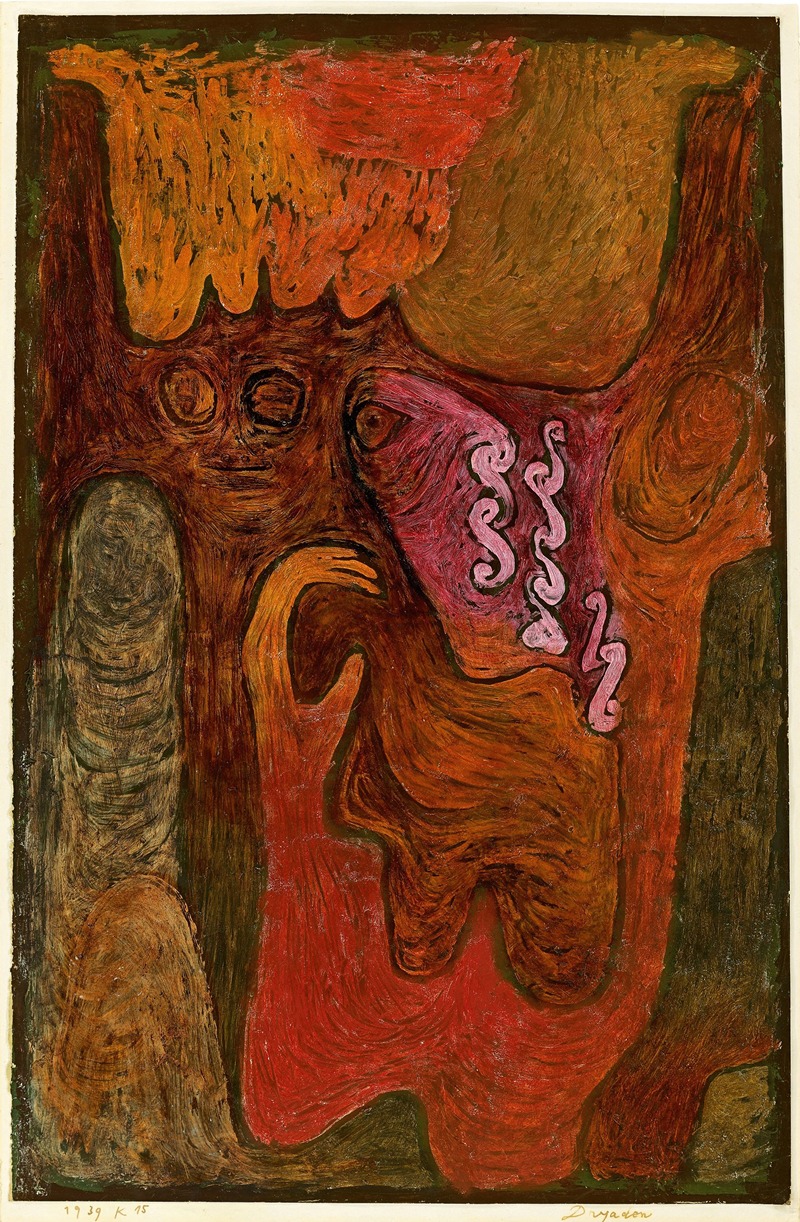
Dryaden
A hand-painted replica of Paul Klee’s masterpiece Dryaden, meticulously crafted by professional artists to capture the true essence of the original. Each piece is created with museum-quality canvas and rare mineral pigments, carefully painted by experienced artists with delicate brushstrokes and rich, layered colors to perfectly recreate the texture of the original artwork. Unlike machine-printed reproductions, this hand-painted version brings the painting to life, infused with the artist’s emotions and skill in every stroke. Whether for personal collection or home decoration, it instantly elevates the artistic atmosphere of any space.
Paul Klee was a Swiss-born artist and a key figure in the development of modern art in the early 20th century. Known for his highly individual style, Klee's work often incorporated elements of abstraction, expressionism, and surrealism. One of his notable works is "Dryaden," which reflects his unique artistic vision.
"Dryaden" was created in 1934, during a period when Klee was exploring themes of nature and mythology. The title "Dryaden" refers to dryads, which are tree nymphs or spirits in Greek mythology. These mythological beings are often associated with oak trees and are considered to be the protectors of forests. Klee's interest in such themes is evident in the way he combines natural elements with abstract forms in this painting.
The artwork is characterized by Klee's distinctive use of color and form. He employs a palette that includes earthy tones, which may evoke the natural environment associated with dryads. The composition is abstract, yet it suggests organic forms that could be interpreted as trees or other natural elements. Klee's use of line and shape in "Dryaden" creates a sense of movement and life, which aligns with the mythological concept of tree spirits.
Klee's technique in "Dryaden" involves a meticulous layering of colors and textures. He often used a combination of watercolor and oil paint, which allowed him to achieve a rich depth and luminosity in his work. This technique is evident in "Dryaden," where the interplay of light and shadow adds to the mystical quality of the painting.
The period during which Klee created "Dryaden" was marked by significant personal and political challenges. In 1933, Klee was dismissed from his teaching position at the Düsseldorf Academy by the Nazi regime, which labeled his work as "degenerate art." This forced him to return to Switzerland, where he continued to work despite facing health issues. The adversity Klee faced during this time may have influenced the themes and emotional depth of his work, including "Dryaden."
"Dryaden" is a testament to Klee's ability to blend the real and the imaginary, creating a visual language that transcends traditional artistic boundaries. His work often invites viewers to engage with it on an intuitive level, encouraging personal interpretation and emotional response. This painting, like many of Klee's works, reflects his belief in the power of art to express the unseen and the spiritual.
Today, Paul Klee is celebrated as one of the most innovative artists of his time. His work, including "Dryaden," continues to be studied and admired for its originality and depth. Klee's influence can be seen in various art movements that followed, and his exploration of color, form, and symbolism remains a significant contribution to the history of modern art.





